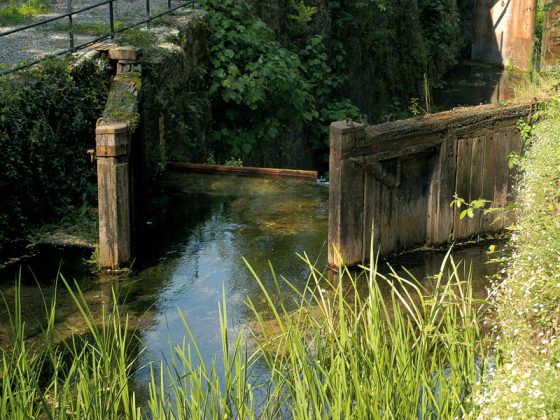The Paderno Naviglio was built to overcome the non-navigable stretch of the Adda River and obtain continuity of navigation to Lake Como. The construction of the Paderno Naviglio began at the end of the 16th century, but it was only completed at the end of the 18th century because of the height difference to be overcome and the landslides on the slopes. The main feature of this canal is the large water jumps, which until the 1950s were used to produce electricity. The canal was used throughout the 19th century mainly for the transport of building stone, coal and iron. However, the navigation had a very short history (after a century from the inauguration it was already in complete decline) because the hydroelectric power stations of the Edison company (1896) substantially changed the distribution of the water. Moreover, water transport was soon replaced by rail and road transport.
The route runs through an area of exceptional landscape interest, classified by the Adda North Regional Park (“Parco Regionale dell’Adda Nord”) as a nature monument and Leonardesque area.
